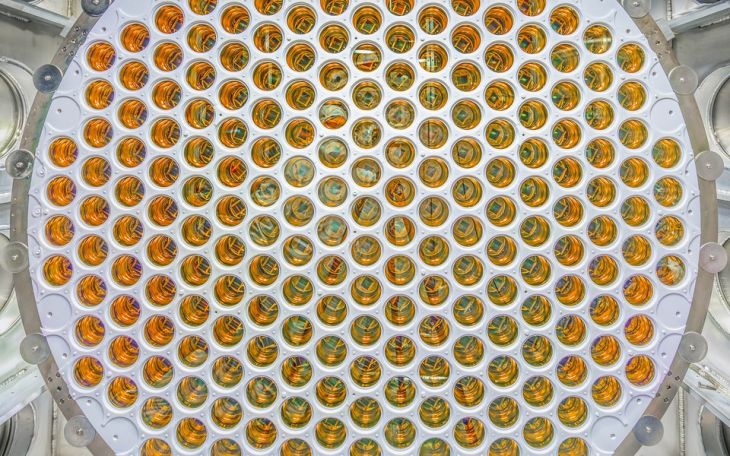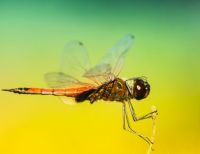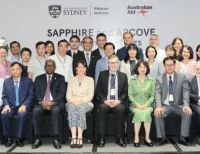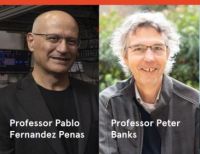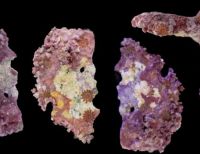
Dr Theresa Fruth, from the School of Physics, prepares to descend a mile underground at the LZ experiment facility in South Dakota, USA.
Figuring out the nature of dark matter, the invisible substance that makes up most of the mass in our universe, is one of the greatest unsolved puzzles in modern physics. New results from the world’s most sensitive dark matter detector, LUX-ZEPLIN (LZ), have narrowed down possibilities for one of the leading dark matter candidates: weakly interacting massive particles, or WIMPs.
LZ, led by the United States Department of Energy’s Lawrence Berkeley National Laboratory (Berkeley Lab), hunts for dark matter from a cavern nearly one mile underground at the Sanford Underground Research Facility in South Dakota. The experiment’s new results have set further limits on what WIMPs could be.
Dr Theresa Fruth from the School of Physics at the University of Sydney was instrumental in commissioning the LZ detector in South Dakota and is an active participant in the hunt for dark matter at the LZ experiment. She has worked on the project for nine years, including during her time at the University of Oxford and University College London.
“This detector is the best asset we have anywhere in the world in our hunt for WIMP dark matter over coming years. This result shows how sensitive the detector is and how useful it will be in helping us to solve this most intriguing of scientific puzzles,” she said.

